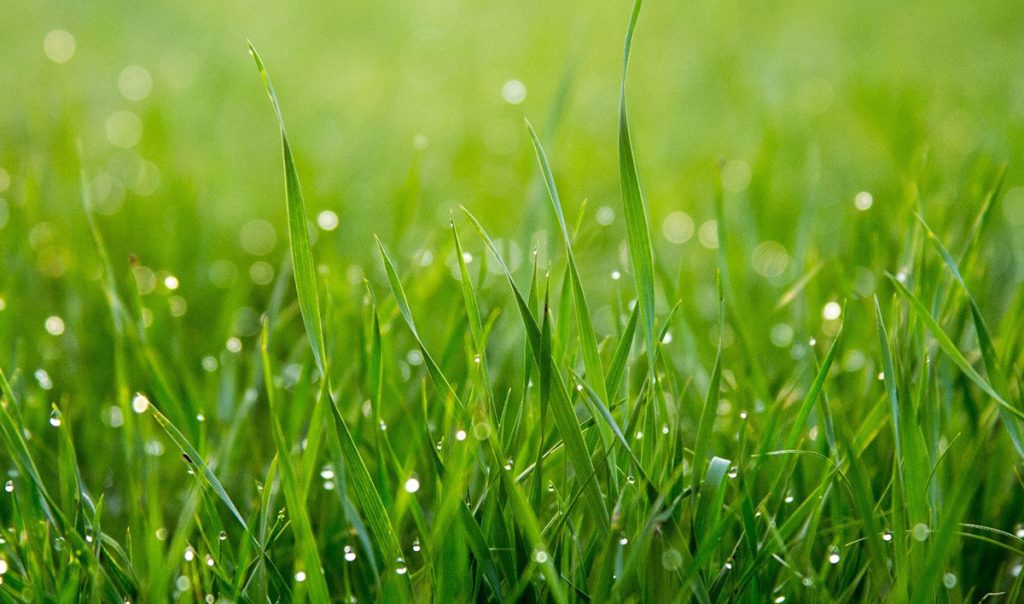By Jessica Drew de Paz, PsyD, Director of Mindfulness Programs and Clinical Psychologist

As a clinical psychologist, I have long been fascinated with emotions. Like thoughts, they seem to be nearly constant companions. A study titled “Emotions in Everyday Life” explored just how ubiquitous they are using a smartphone application to measure real-time emotions of over 11,000 diverse subjects. Ninety percent of the time, participants reported experiencing at least one, demonstrating that “everyday human life is profoundly emotional.”
There are numerous emotions, and one that seems to be having its day in the sun is awe.
In his newly released book, “Awe: The New Science of Everyday Wonder and How It Can Transform Your Life,” Dacher Keltner, PhD, professor of psychology and director of the Greater Good Science Center at UC Berkeley, defines awe as, “the feeling of being in the presence of something vast that transcends your current understanding of the world.” This sense of wonder and reverence can make us feel as if we are part of something greater than ourselves.
I experienced awe while witnessing the birth of my niece, Camden Rose. My mother, who was battling ovarian cancer, was also present. Together, we watched her namesake make her way into this world. It felt as though one generation was being slowly ushered out, as the next one rushed in. The circle of life, happening right before my eyes. Even the memory brings tears to my eyes.
How about you? When have you experienced a sense of awe?
As it turns out, awe is not only elicited by momentous occasions, such as a birth, or a death, or site-seeing in far-off lands. In an interview with The Washington Post titled “Why It Is Awesome That Your Brain Can Experience Awe,” UC Irvine’s Paul Piff, PhD, associate professor of psychological science, explains, “you can have your mind blown in more mundane, minuscule ways in even everyday settings.” We just need to look for it. Piff recommends something as simple as stepping outside and searching for something inspiring. The benefits themselves are awe-inspiring!
Cultivating awe can support us in:
- Reducing daily stress and elevating life satisfaction
- Decreasing substances related to body-wide inflammation
- Boosting prosocial emotions such as compassion and gratitude, and
- Making us feel more connected to our world and to humanity
I am reminded of an experience I had years ago, sitting by myself in a school garden outside a first-grade classroom, waiting to teach a mindfulness lesson. As I sat, I found myself lost in thought, growing increasingly sad about the fact that years down the road, my son would graduate from this phenomenal place. Then I laughed at the irony of the mindfulness instructor time traveling to the future. To practice what I preach, I shifted my attention to the present moment. Nearby were lovely purple flowers in full bloom, accompanied by an extremely busy honey bee. For the first time in my life, I brought my full attention to the incredible process of pollination. And I was completely mesmerized, utterly blown away and truly in awe (goosebumps included)!
I don’t recall the exact lesson I had planned for the children that day, but I do remember changing course. Rather than stepping inside their classroom, I invited them to join me outside. After a few moments of mindful breathing, we explored our surroundings, marveling at nature’s gifts unfolding right in front of us.
You, too, might consider turning a simple stroll into an “Awe Walk” following Keltner’s instructions:
- Begin by taking a deep breath, counting to six as you inhale, and again as you exhale. Noticing the sensations in your nose and the sounds of your breath.
- As you walk, feel the soles of your feet on the ground and tune into sounds both nearby and far away.
- Open your awareness “to things that are vast, unexpected, things that surprise and delight.”
- Take another deep breath, counting to six as you inhale, and again as you exhale.
- Search for what inspires awe. Is it the way the light is distributed throughout the sky? The pattern of bark on a tree? Or something else?
- Continue your walk, grounding yourself in your breath and deeply tuning in to your senses. Discover what typically goes undetected, fostering a sense of wonder. Be open to the idea that wisdom can arise from these moments.
As we close, I encourage you to cultivate awe, and I leave you with an offering from award-winning poet Mary Oliver, who described her own work as “loving the world.”
by Mary Oliver
Every day
I see or hear
something
that more or less
kills me
with delight,
that leaves me
like a needle
in the haystack
of light.
It was what I was born for —
to look, to listen,
to lose myself
inside this soft world —
to instruct myself
over and over
in joy,
and acclamation.
Nor am I talking
about the exceptional,
the fearful, the dreadful,
the very extravagant —
but of the ordinary,
the common, the very drab,
the daily presentations.
Oh, good scholar,
I say to myself,
how can you help
but grow wise
with such teachings
as these —
the untrimmable light
of the world,
the ocean’s shine,
the prayers that are made
out of grass?

References
Bai, Y., Ocampo, J., Jin, G., Chen, S., Benet-Martinez, V., Monroy, M., Anderson, C., & Keltner, D. (2021). Awe, daily stress, and elevated life satisfaction. Journal of Personality and Social Psychology, 120(4), 837–860. https://psycnet.apa.org/doi/10.1037/pspa0000267
Chen, S. K. & Mongrain, M. (2021). Awe and the interconnected self. The Journal of Positive Psychology, 16:6, 770-778, DOI: 10.1080/17439760.2020.1818808
Greater Good Science Center. “Awe Walk.” UC Berkeley. ggia.berkeley.edu/practice/awe_walk
Keltner, D. (2023). Awe: The New Science of Everyday Wonder and How It Can Transform Your Life. Penguin Press: New York. p. 7.
Oliver, M. (2017). “Mindful.” Devotions: the selected poems of Mary Oliver. New York, Penguin Press, an imprint of Penguin Random House LLC.
Sima, R. “Why it is awesome that your brain can experience awe.” The Washington Post. (Sept. 15, 2022). www.washingtonpost.com/wellness/2022/09/15/awe-mental-health/
Stellar, J. E., Gordon, A. M., Piff, P. K., Cordaro, D., Anderson, C. L., Bai, Y., Maruskin, L. A., & Keltner, D. (2017). Self-Transcendent Emotions and Their Social Functions: Compassion, Gratitude, and Awe Bind Us to Others Through Prosociality. Emotion Review, 9(3), 200–207. https://doi.org/10.1177/1754073916684557
Stellar, J. E., John-Henderson, N., Anderson, C. L., Gordon, A. M., McNeil, G. D., & Keltner, D. (2015). Positive affect and markers of inflammation: Discrete positive emotions predict lower levels of inflammatory cytokines. Emotion, 15(2), 129–133. https://psycnet.apa.org/doi/10.1037/emo0000033
Trampe D., Quoidbach J., Taquet M. Emotions in Everyday Life. PLoS One. 2015 Dec 23;10(12):e0145450. doi: 10.1371/journal.pone.0145450. PMID: 26698124; PMCID: PMC4689475.

